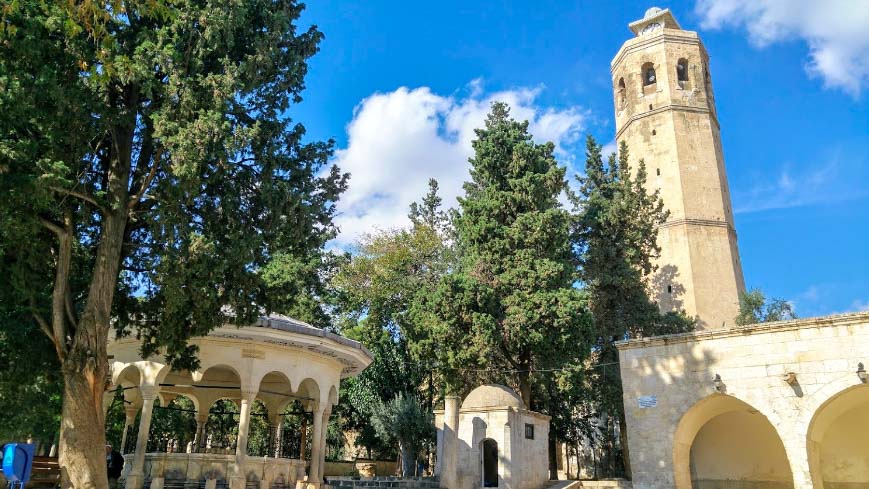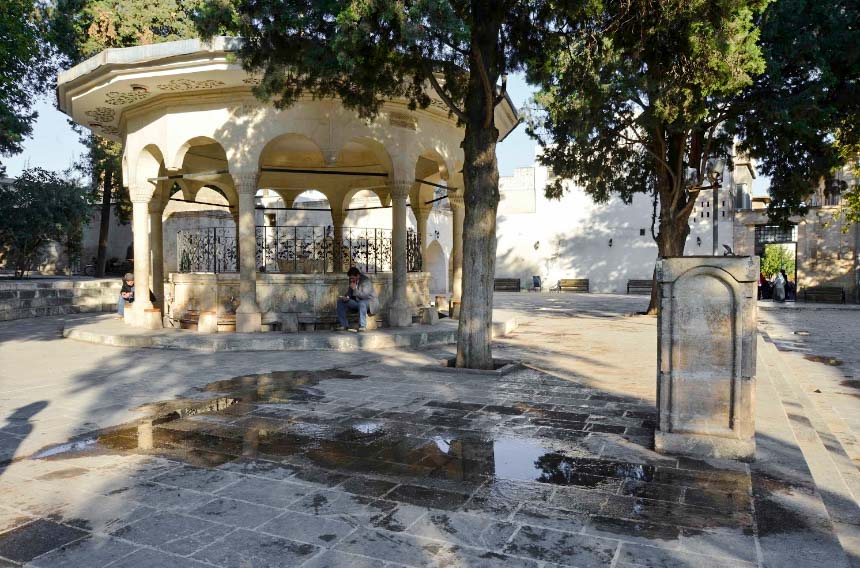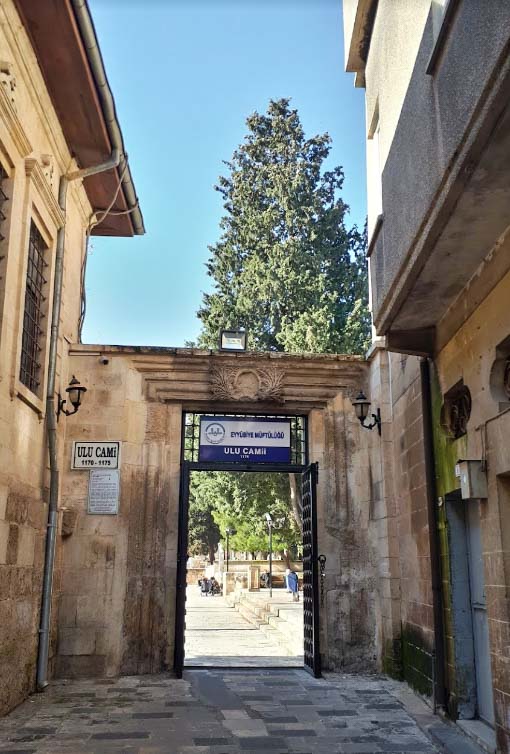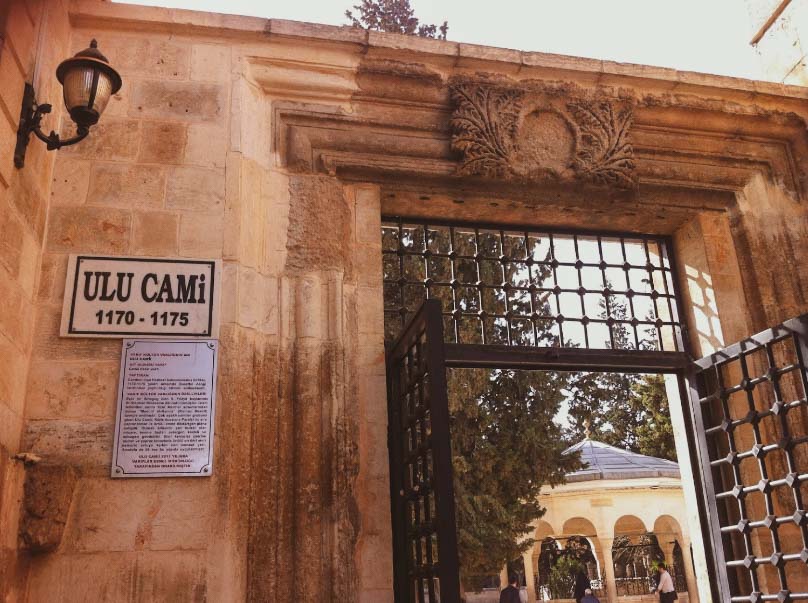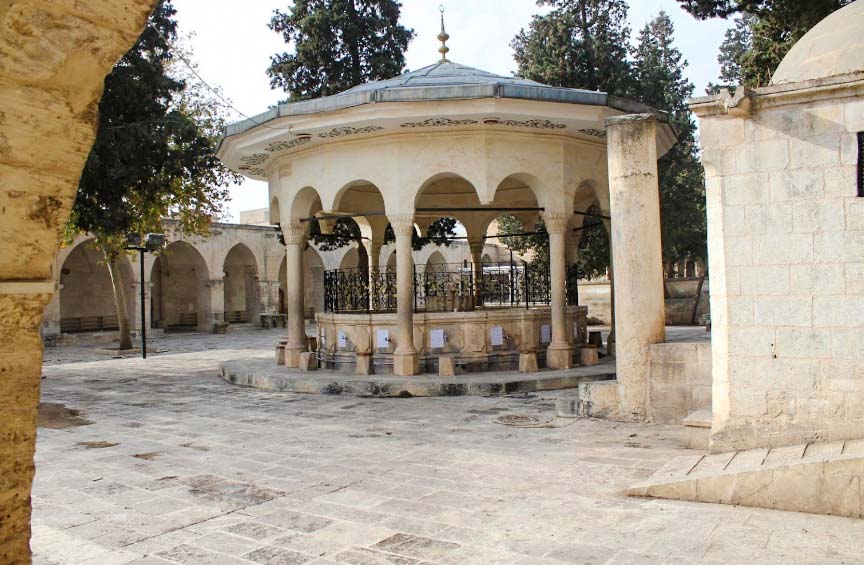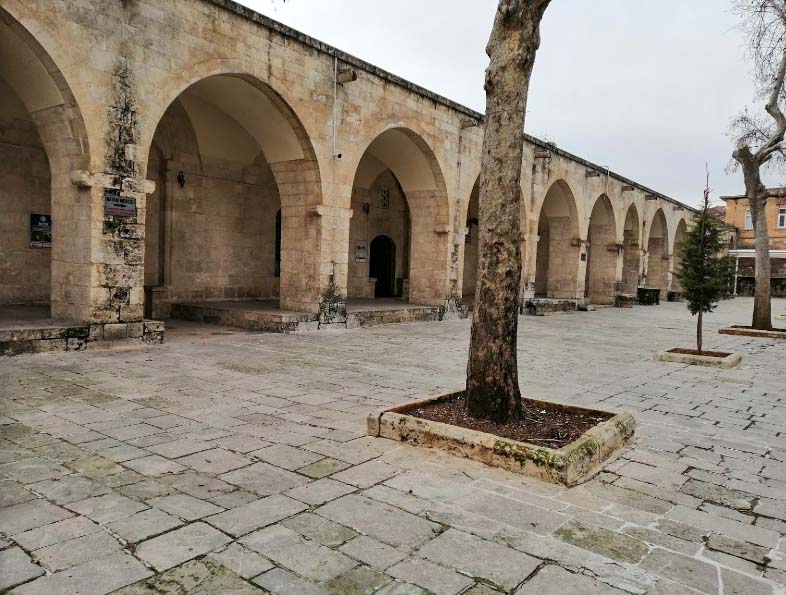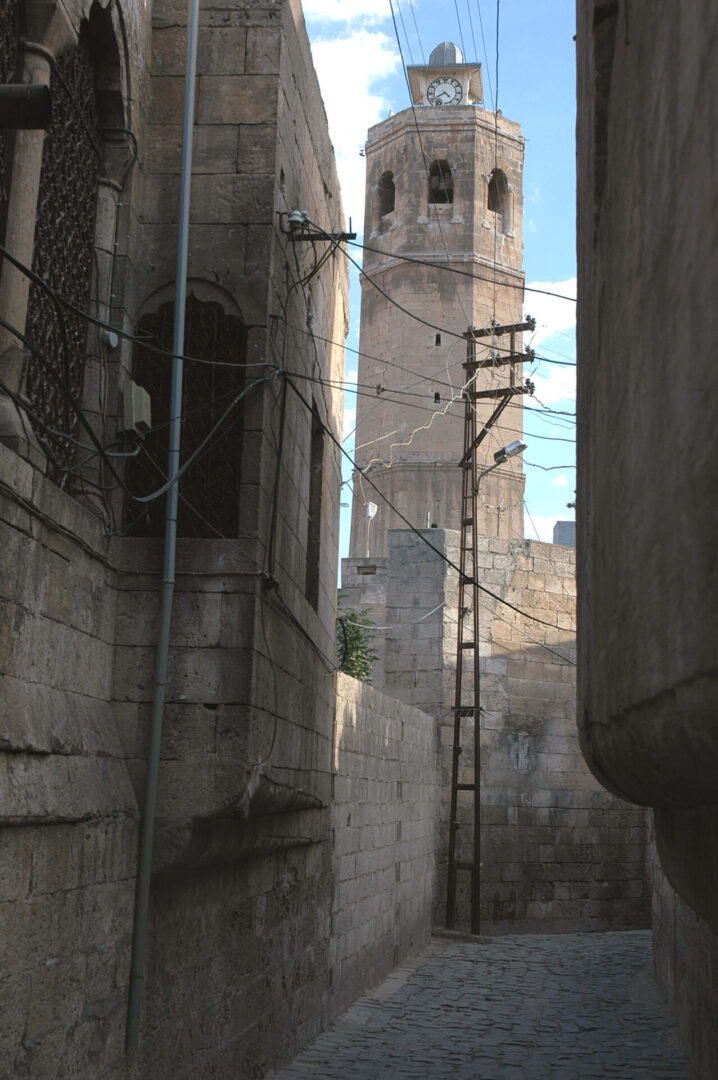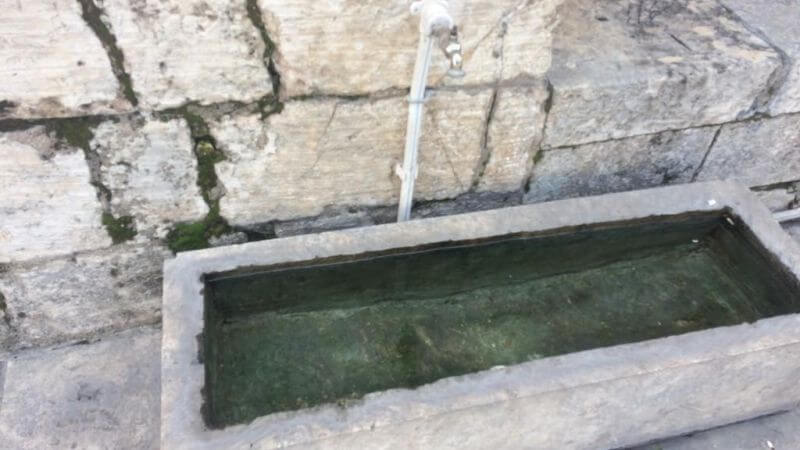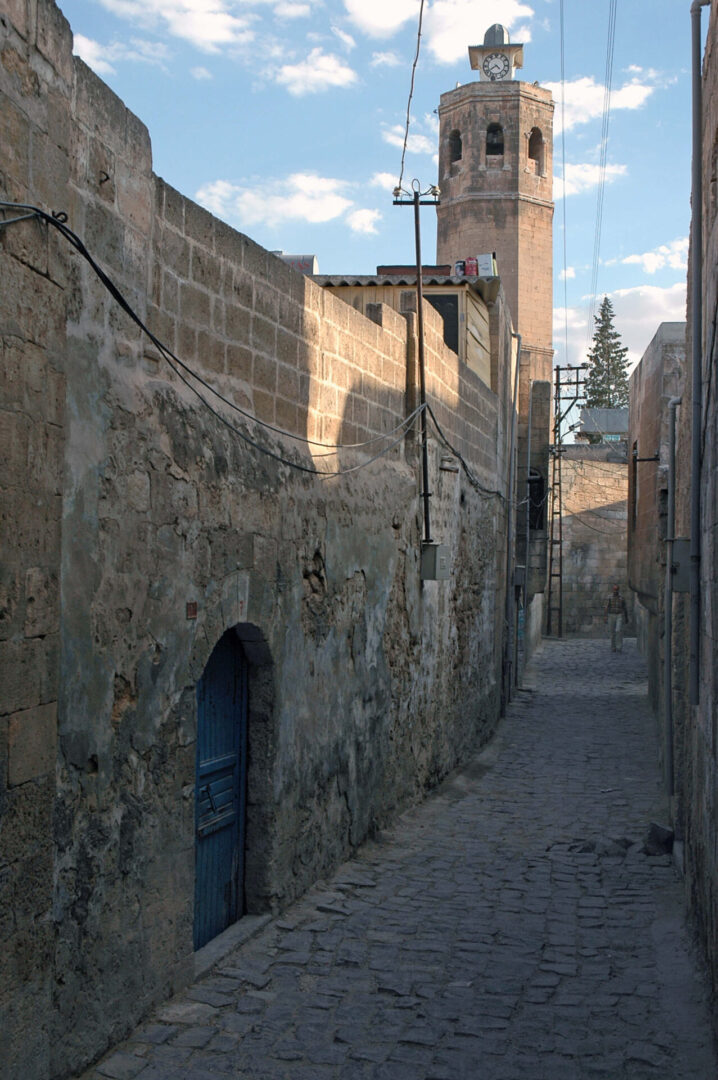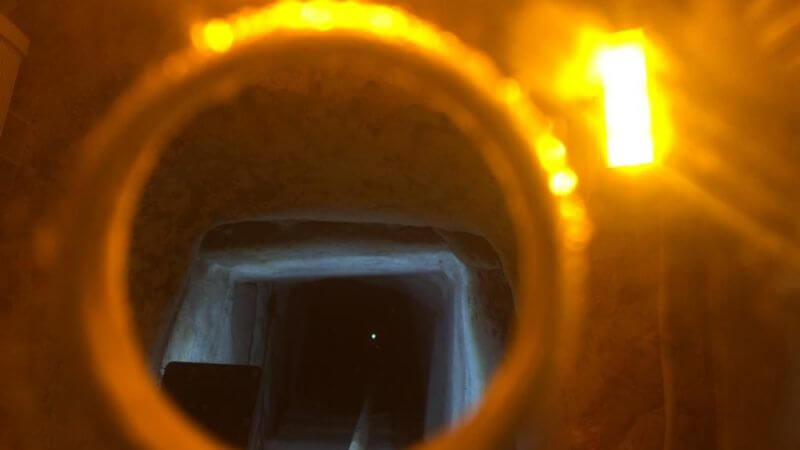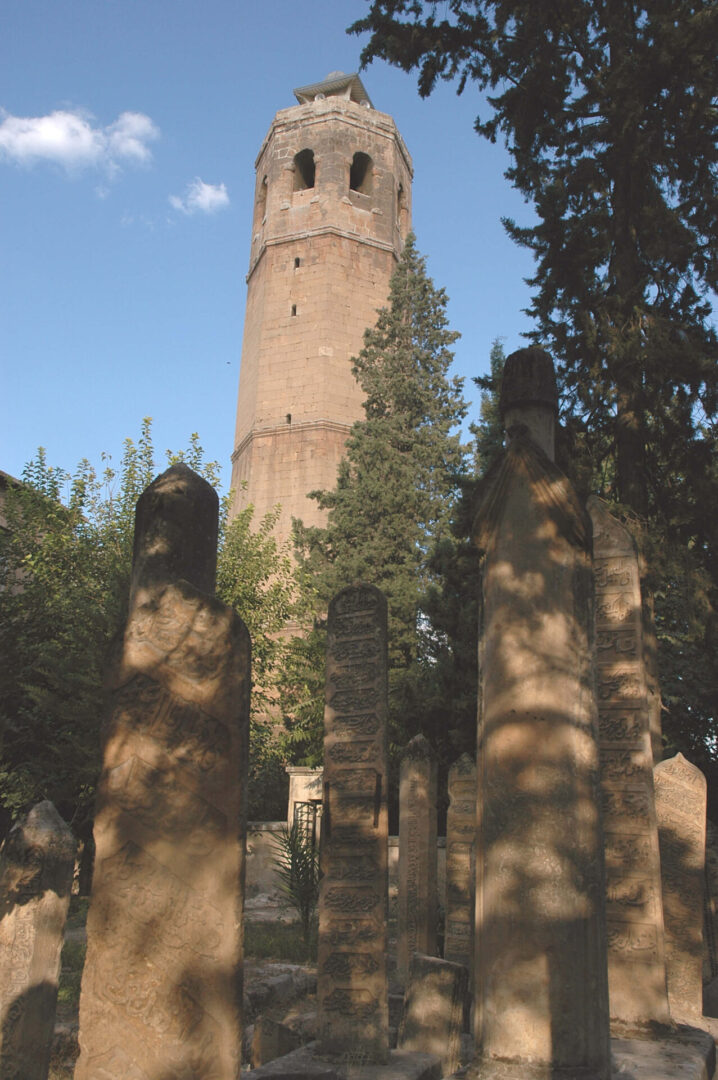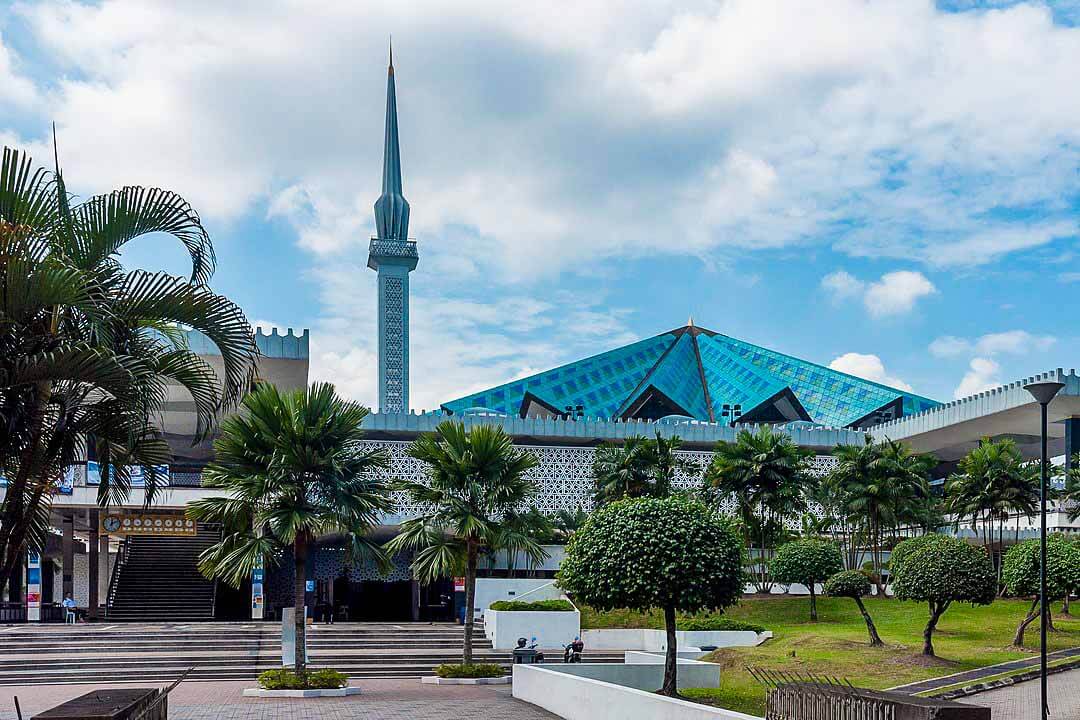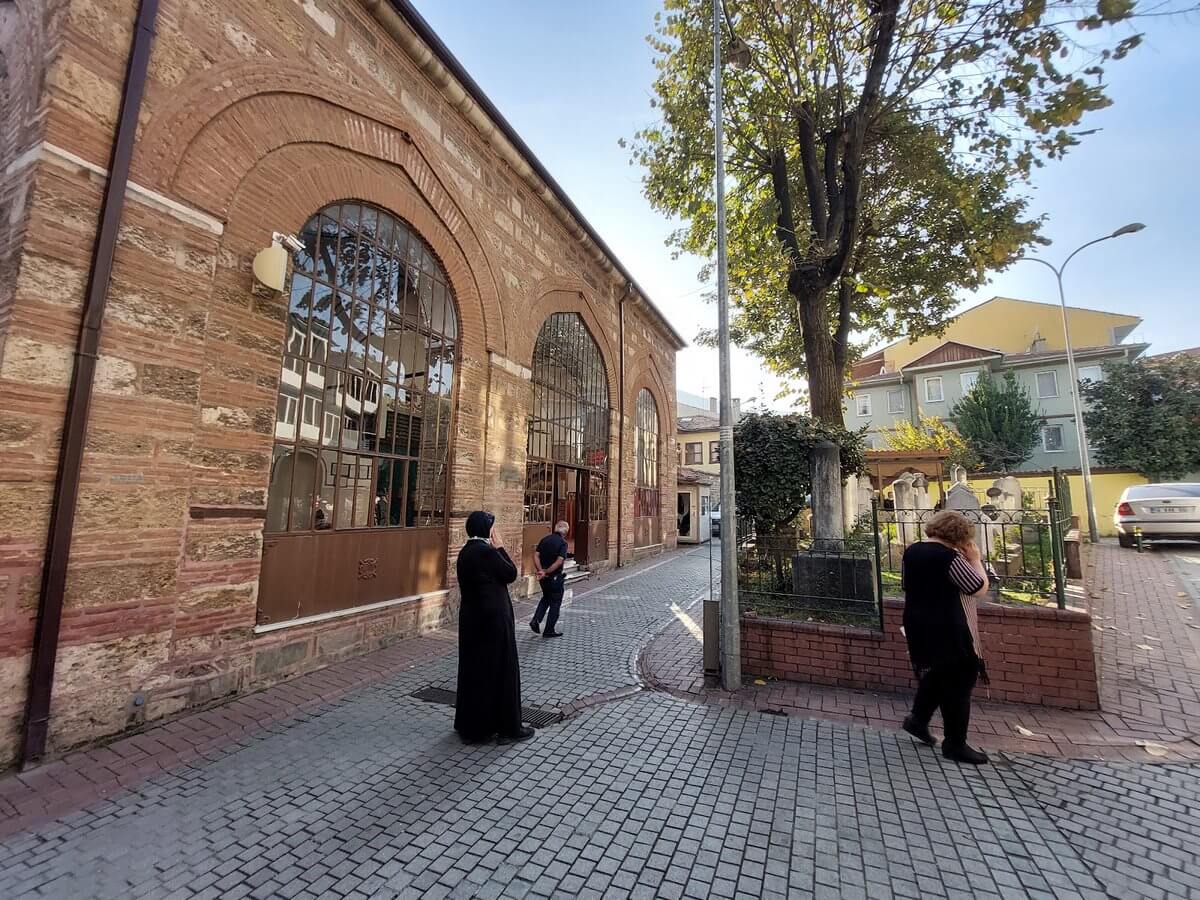Sanlıurfa, Turkey
Coordinates: 37.151266, 38.790367
The 12th-century Ulu Camii was erected on the site of the former 6th-century Church of St. Stephen (which in turn is believed to have been built on top of a synagogue).
Initially built during Seljuk reign, this mosque was converted to church by the crusaders. It was restored later by Nur ad-Din Zengi, one of the leaders of Muslim Ummah, may Allah be please by Zengi and his family.
Well of Hz. Isa عليه اسلام
There is a well in the mosque. According to a popular belief, The handkerchief that Hz. Isa عليه اسلام sent to King Abgar with His disciple Thomas (some say Ananias) was left in this well.
For this reason, the water of the well inside the mosque is considered to be healing.
Story of Image of Edessa and Handkerchief of Hz. Isa عليه اسلام
According to Christian tradition, the Image of Edessa was a holy relic consisting of a square or rectangle of cloth upon which a miraculous image of the face of Hz. Isa عليه اسلام had been imprinted.
In the Orthodox Churches, including English-speaking Orthodoxy, the image is generally known as the Mandylion.
By this account, King Abgar of Edessa (now Urfa or Sanlıurfa) wrote to Hz. Isa عليه اسلام, asking him to come cure him of an illness. Abgar received a reply letter from Hz. Isa عليه اسلام, declining the invitation, but promising a future visit by one of his disciples.
One of the seventy disciples, Thaddeus of Edessa, is said to have come to Edessa, bearing the words of Hz. Isa عليه اسلام, by the virtues of which the king was miraculously healed.
Image
Report of an image first appears in the Syriac work. According to it, the messenger, here called Ananias (not Saint Thomas), was also a painter, and he painted the portrait of Hz. Isa عليه اسلام, which was brought back to Edessa and conserved in the royal palace.
The Mandylion (Handkerchief) disappeared after some time after the Sassanians conquered Edessa in 609.
A local legend, related to historian Andrew Palmer when he visited Urfa (Edessa) in 1999, relates that the hankerchief of Hz. Isa عليه اسلام was thrown into a well in what is today the city’s Great Mosque.
The mosque
This mosque, which is thought to be one of the first mosques of Anatolia, is a common value of the religion of Christianity and Islam.
The minaret also functions as the city’s first and only clock tower.
The northwest part of the mosque courtyard surrounded by thick walls belonging to the Red Church is a cemetery.
In the tomb in this cemetery, there is the tomb of Sehabeddin Ahmet, the youngest son of Mevlana Halid Ziyâeddin, the founder of the Halidi Sect, who died in 1823.
Note: Some of the information in this article comes from Christians sources.

